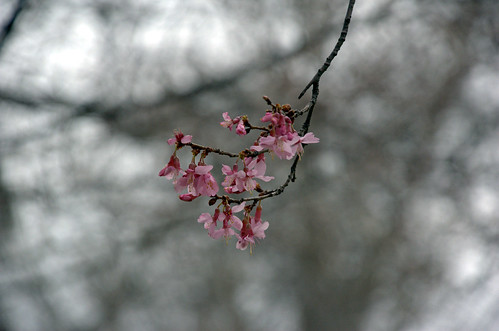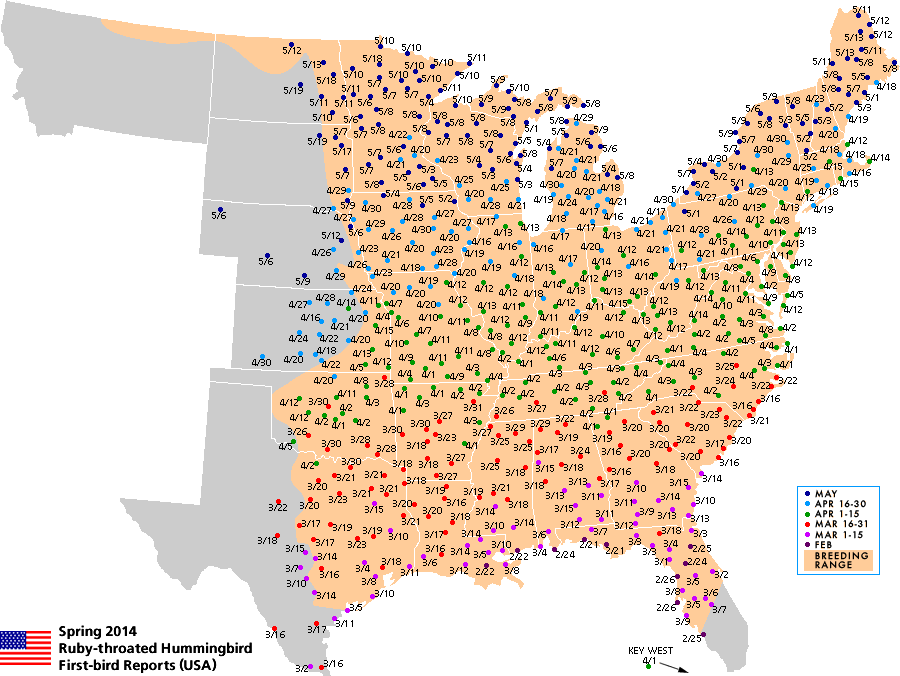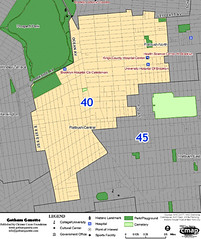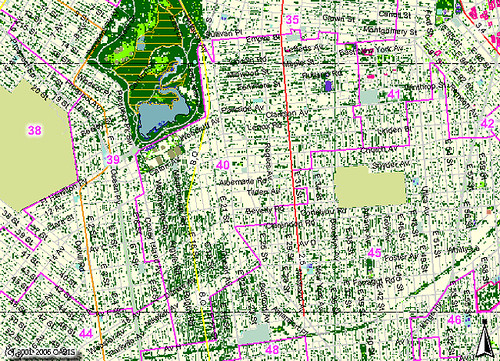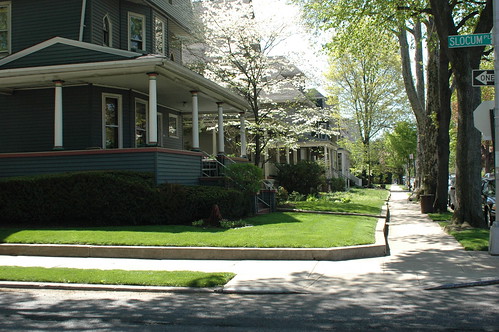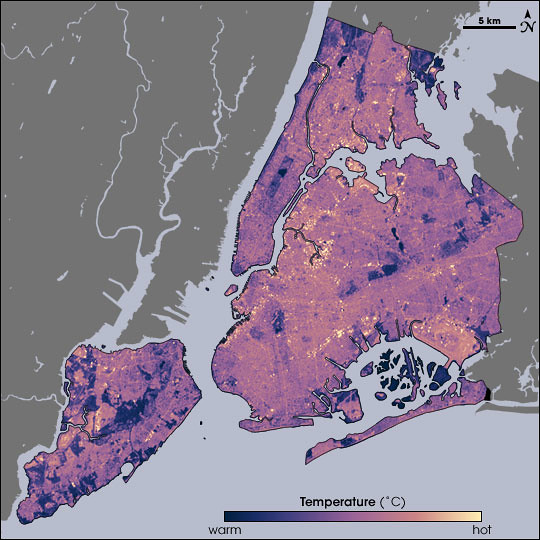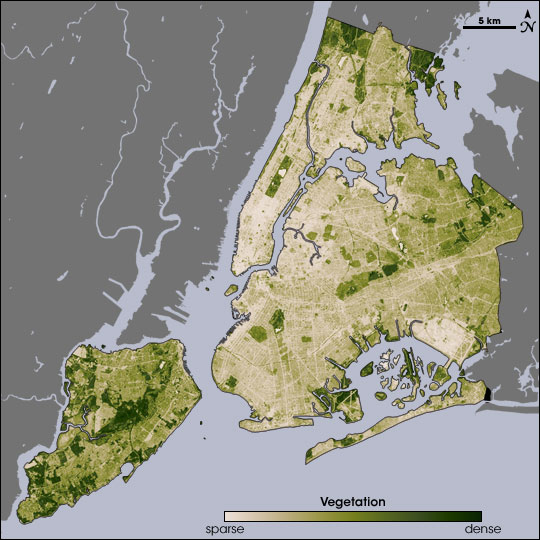Flower Detail, Prunus “Okame”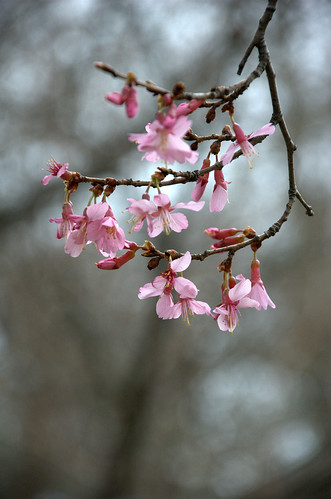
Gowanus Lounge noted an article on New Yorkology about the first cherry tree to bloom this Spring at the Brooklyn Botanic Garden, more than a week before Hanami, the cherry-viewing season, officially begins this weekend. I saw that tree in bloom when I visited on Forsythia Day. I didn’t get to write up that visit yet; the least I can do is pump up this tree’s 15 minutes of fame. (It’s not as impressive as the cherry tree which bloomed in December, which I didn’t get to see.)
Before you visit the Brooklyn Botanic Garden, you should visit their Web site. Their Plants in Bloom page shows you what happens where and when: not just right now, but for every month of the year. Some areas are of particular interest only at certain times of the year, and knowing whether or not they’re worth a peek in advance of your trip can help you plan your visit. For example, Daffodil Hill was not quite peaking when I was there on Sunday, while the Bluebell Wood was showing only winter-damaged foliage. Of course, much of the garden has lots of things even when they’re not in bloom, but this still is a good indicator of what you might expect to see.
But this time of year, the hype is all about the Cherry Trees. Hanami runs from this Saturday, April 7, through Sunday, May 6. The big event is the annual Sakura Matsuri, the Cherry Blossom Festival. This year it’s the end of April, Saturday and Sunday, April 28 and 29. There’s always an impossible number of events highlighting many different aspects of traditional Japanese culture, including music, dance, theater, crafts, and more.
Leading up to and during Hanami, BBG maintains a special map on their Web site, just for the cherries.
BBG’s CherryWatch (Hanami) Blossom Status Map showing the single specimen of Prunus “Okame” in bloom at the time of my visit.
Each cherry tree on the map is linked to a popup summary of the plant, as shown here, which links to a detail page describing the specific variety. Here’s what BBG has to say about ‘Okame’:
This hybrid of the Formosan and Fuji cherries was introduced to Europe in 1947 from Japan by Captain Collingwood Ingram. Its deep carmine-rose buds open to lighter tinted flowers before leaves appear. This small- to medium-sized tree is excellent for small gardens and is also showy in fall, with orange-red leaves. This variety is recommended by the Garden Club of America’s book, Plants That Merit Attention.
– Prunus ‘Okame’
And here it is: the single flowering cherry tree.
Lone Flowering Cherry and my Doppelganger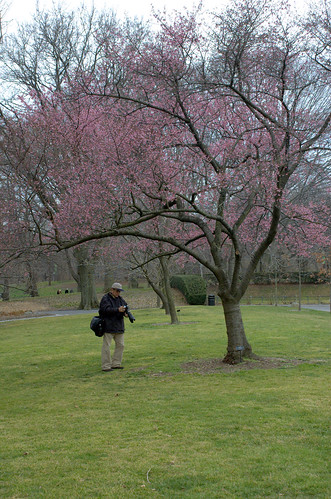
The other photographer in the photo seemed to be everywhere I was on Sunday, so I had to shoot around him a lot. For example, he was standing next to me (or I next to him) when I took this upward-looking shot against the overcast sky:
Finally, here’s a different shot of the same cluster of flowers at the top of this post. I like the background of the out-of-focus branches in this one; it works like an oversized mat in a picture frame. I think I’m going to process this one a bit and try to lighten it up without losing the mood.


